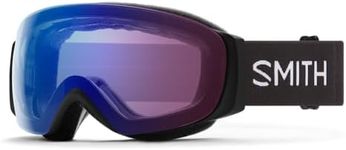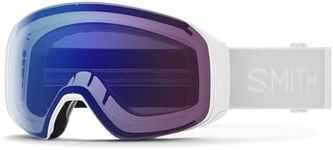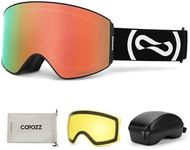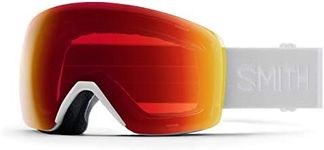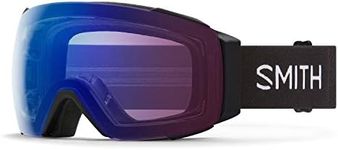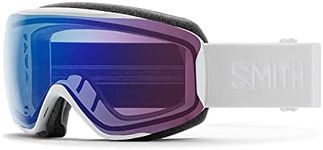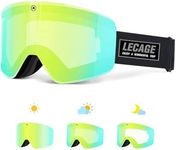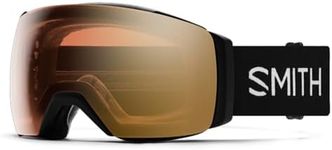Buying Guide for the Best Photochromic Ski Goggle
Choosing the right photochromic ski goggles can significantly enhance your skiing experience by providing optimal vision in varying light conditions. Photochromic lenses automatically adjust their tint based on the light intensity, making them versatile for different weather conditions. When selecting the best pair for you, consider the following key specifications to ensure you get the most suitable goggles for your needs.Lens Tint RangeLens tint range refers to the spectrum of light conditions the goggles can adapt to. This is important because it determines how well the goggles can handle different lighting scenarios, from bright sunlight to overcast days. Typically, a wider tint range means better adaptability. If you often ski in varying conditions, look for goggles with a broad tint range. For those who ski mostly in consistent lighting, a narrower range might suffice.
Lens ShapeLens shape can be either cylindrical or spherical. Cylindrical lenses curve horizontally but remain flat vertically, while spherical lenses curve both horizontally and vertically. Spherical lenses offer better peripheral vision and less distortion, which is crucial for spotting obstacles and other skiers. If you prioritize a wide field of view and reduced glare, go for spherical lenses. Cylindrical lenses are generally more affordable and can be a good choice if you are less concerned about peripheral vision.
Anti-Fog CoatingAnti-fog coating is a treatment applied to the inside of the lens to prevent fogging, which can obscure your vision. This is particularly important in cold and humid conditions. High-quality anti-fog coatings can make a significant difference in maintaining clear vision. If you often ski in conditions where fogging is a problem, prioritize goggles with a robust anti-fog coating. For those who ski in drier, less humid environments, this feature might be less critical.
VentilationVentilation refers to the airflow system within the goggles that helps reduce fogging and maintain comfort. Good ventilation is essential for keeping your vision clear and your face comfortable. Goggles with adjustable vents allow you to control the airflow based on the weather conditions. If you ski in a variety of temperatures, look for goggles with adjustable ventilation. For consistent cold weather, fixed vents might be sufficient.
Fit and ComfortFit and comfort are crucial for ensuring that the goggles stay securely on your face without causing discomfort. This includes the strap adjustability, foam padding, and overall design. A good fit prevents the goggles from slipping and ensures they seal properly against your face to keep out wind and snow. Try on different models to find the one that fits your face shape best. If you wear a helmet, make sure the goggles are compatible with it.
UV ProtectionUV protection is the ability of the goggles to block harmful ultraviolet rays from the sun. This is important for protecting your eyes from long-term damage. Most high-quality ski goggles offer 100% UV protection. Always choose goggles that provide full UV protection to ensure your eyes are safe, regardless of the light conditions.

